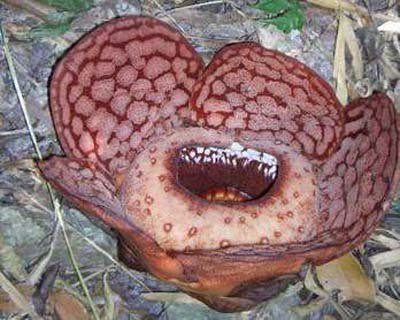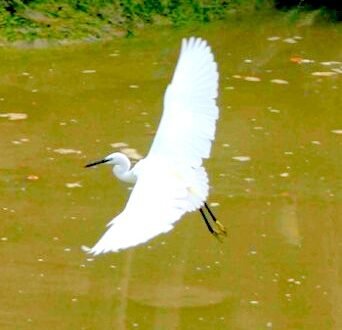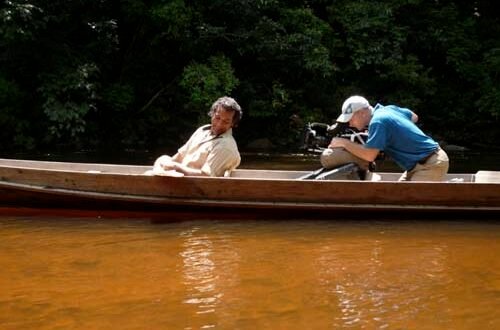
Forest Research Institute Malaysia
Now established as an internationally respected research, education and training institute, FRIM is dedicated to the advancement of the nation’s forest and allied industries together with the cultivation of greater community awareness and understanding of environmental and conservation issues.
The Public Relations Officier
Forest Research Institute Malaysia
52109 Kepong – Kuala Lumpur
Tel: 03 630 2380
GETTING THERE
From Kuala Lumpur, About 16 km northwest of Kuala Lumpur at Kepong via Selayang Kepong Highway. Commuter train stops at Kepong, taxi’s available to FRIM.
THE PARK AT A GLANCE
Size: 1,528 hectares
Facilities: Sports ground and club house, cafeteria, picnic areas, souvenir shop, obstacle course, walking trails.
Accommodation : Camp sites for 60 80 people
Attractions: Natural setting, nature trails, botanical garden, arboreta bird watching, wetlands area, forestry museum, lush tropical atmosphere.
Permits/Access: Public access. No permit
The institute invites the public to experience the peace, tranquility and floristic abundance of the diverse range of natural habitats that flourish throughout its 1,528 hectares of forest ecosystems, gardens, arboreta and wetlands.
The institute’s 8 arboreta display more than 750 species of dipterocarp and non dipterocarp timber producing trees, fruit trees, conifersand manytypesof bamboo. Local medicinal plants, palms, herbs, ferns, mosses, algae and fungi are also cultivated.
Four nature trails meander through habitats of different vegetation types. Each trail has several informative plaques, explaining a particular floristic feature. These trails and the wetlands area provide the best opportunity for birdwatching and sighting wildlife like squirrels, reptiles and insects.
The Salleh trail starts near the administration buildings and leads through 1.5 kilometers of old plantation stands and natural species re growth. You will see examples of many forest shrubs, bamboo, rattan and medicinal plants. You will learn why ground cover foliage like ginger, ferns, orchids and aroids are such a vital component of the forest ecosystem. You will experience the crown shyness of the Kapur tree and learn about this unusual and visually surreal phenomenon.
The 1 kilometer Engkabang trail starts near the football field opposite the Malacca house. It passes through former wetland and grassland areas plus a stand of Engkabang trees whose fruit is harvested for its fat before ending near the dipterocarp and monocot arboreta. Information plaques explain the process of the forest nutrient cycle while decomposing forest matter and regenerating rainforest flora provide living examples. You will discover which tree species is useful in the reclamation of degraded wetlands and why fungi are so valuable to the cycle of floristic forest life.
Along the 1.5 kilometres Keruing trail, you will discover how a once degraded forest has healed and re established since reclamation works commenced in 1926. You will see a healthy selection of Malaysia’s prime commercial timber species like Kapur, Keruing, Chengal, Merbau and Meranti and you will learn what properties constitute a good timber tree and how to identify the different species.
The 3 kilometers Rover track winds around the hills of previously logged forest and vegetable garden areas. You will see how this once disturbed and damaged habitat has regenerated vegetation types. Informative plaques explain the growth rate of certain species like Damar minyak, Keruing padi, Jelutong and the commercially valuable Keladan tree. You will see examples of trees taller than 30 meters that were planted more than 60 years ago.
The forestry museum has displays that trace the cultural and commercial history of Malaysia’s timber industry. Exhibits include examples of different timber species, commercial timber products, innovations from past and present research programs plus a rare and historical collection of for two traditional timber houses that reflect the individual cultural and architectural influences of Terengganu and Melaka. The Terengganu house is about 100 years old while the Melaka house was built around 1917.
Forest canopy some 30 meters above the ground. This treetop canopy trek was built in 1992 for researching upper level forest life. Public use is allowed but strictly controlled via bookings through the Canopy Walkway Centre, located in the Terengganu house. Access to the walkway is by the Canopy Walk and waterfall trails or by the Rover track, which intersects both trails. FRIM’s Central Grounds feature some rare flora specimen and early plantings.
FRIM’s living and static exhibitions will stimulate an awareness and appreciation of the importance to protect and the vulnerable and fragile ecosystems of Malaysia’s tropical rainforest habitats.



